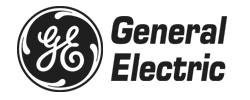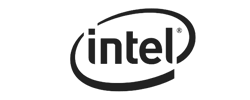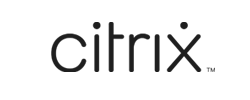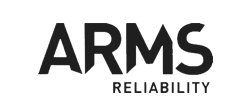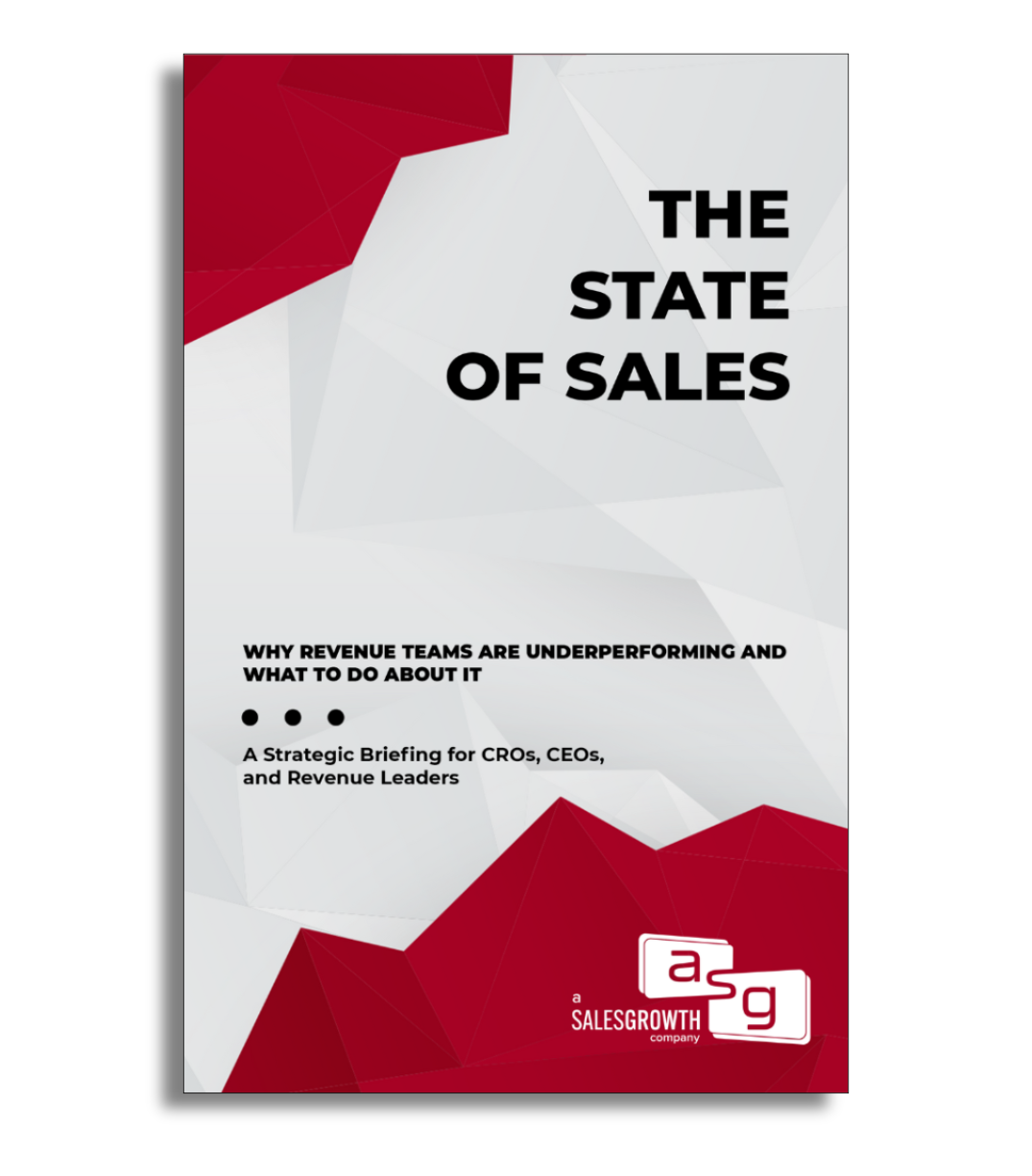How ASG Is Different
We didn’t build ASG to be another sales training company.
We built it because we saw a gap — a big one — between what sales training promised and what it actually delivered.
How ASG Is Different
We didn’t build ASG to be another sales training company.
We built it because we saw a gap — a big one — between what sales training promised and what it actually delivered.
People We Work With:
For decades, companies have invested in workshops, frameworks, and motivational events that made people feel inspired but rarely made them perform better. Reps walked away energized, managers took notes, and a few months later, everything looked the same.
Pipelines got fuller, not healthier. Forecasts stayed optimistic, not accurate.
The problem wasn’t effort. It was design.
Most providers focus on one dimension of performance:
- They either help reps think differently (diagnosis and qualification), or
- They help managers enforce activity (systems and inspection).
But almost no one unifies the two.
That’s the gap ASG was built to close.
How the Sales Training Landscape Looks
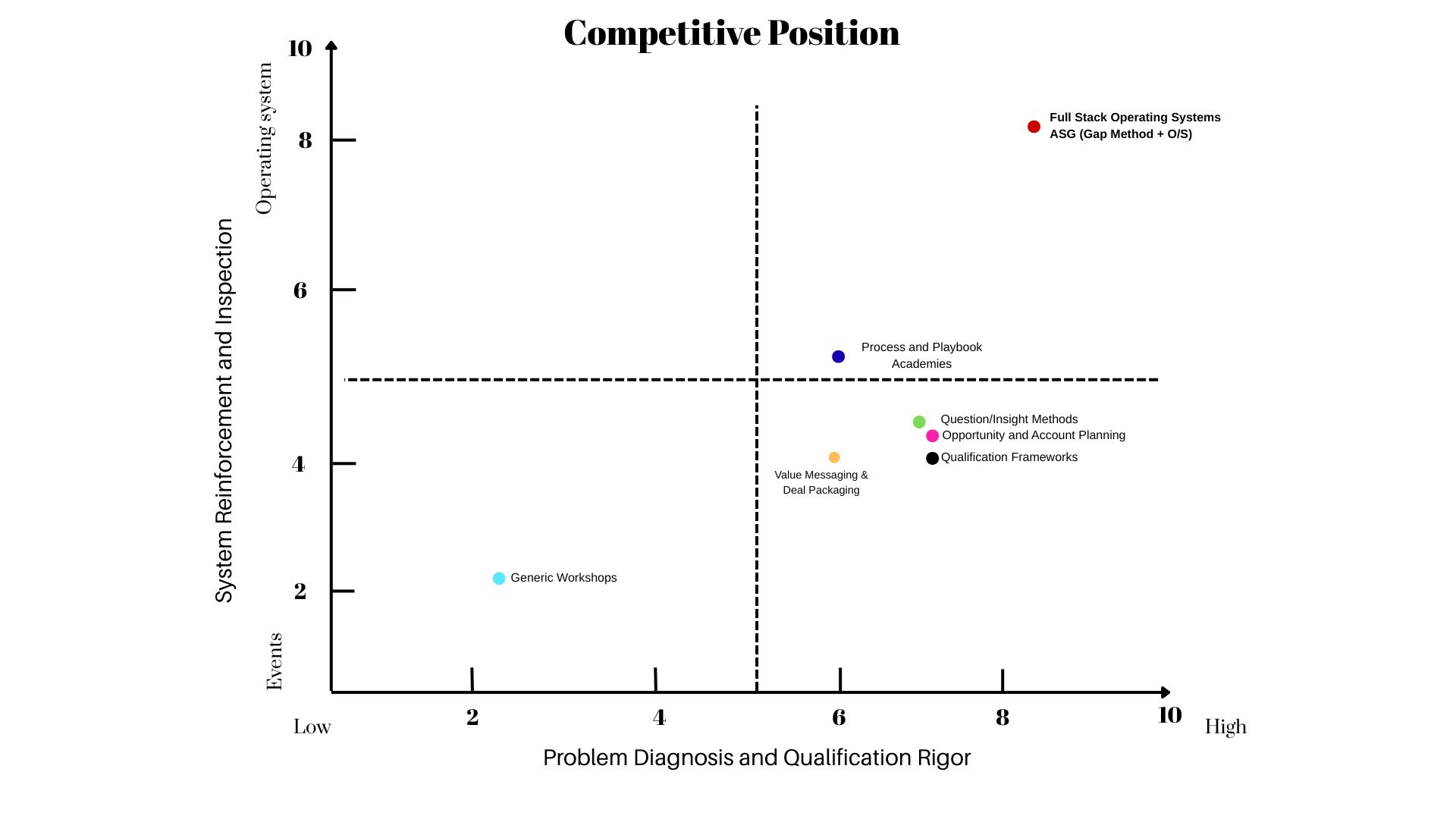
This is how we see the sales training and enablement market.
Every provider lives somewhere along these two continuums:
-
The horizontal axis measures how deeply an organization helps sellers diagnose buyer problems, quantify impact, and qualify based on business truth — not opinions.
-
The vertical axis measures how effectively those skills are reinforced and inspected through coaching, CRM integration, and leadership cadence.
Most companies perform well on one axis either they’re strong on teaching discovery and storytelling, or they’re disciplined on process and governance.
But almost none bridge both.
ASG does.
We live in the top-right quadrant, where diagnostic depth meets system reinforcement.
The Plot Definitions
These are the major provider types represented across the landscape:
Generic Workshops (Bottom-Left)
Short-term, event-based training programs focused on energy, tips, and quick tactics.
They drive short-lived enthusiasm but lack diagnostic rigor or system integration.
The result: temporary lift, no measurable performance change.
Value Messaging & Deal Packaging (Lower-Middle)
Focus on storytelling, differentiation, and executive narratives.
They elevate message delivery but rarely improve diagnostic depth.
Good for branding and talk tracks — weak for qualification and forecast accuracy.
Qualification Frameworks (Mid Diagnosis, Low-Mid Reinforcement)
Structured deal hygiene tools like MEDDIC or SPICED.
They standardize late-stage inspection but don't fix early-stage discovery.
Process clarity improves, but forecast accuracy remains inconsistent because the "inputs" are still subjective.
Questions & Insight Methods (Mid-High Diagnosis, Low-Mid Reinforcement)
Teach reps to lead with insights and ask smarter questions.
Creates stronger buyer engagement and better conversations.
But without a reinforcement system, the behaviors fade — adoption varies by rep.
Playbook Academies (Mid–High Both, but Uneven)
Provide structured sales playbooks and process documentation.
Offer consistency and repeatability on paper, but depend heavily on manager follow-through.
Outcomes vary widely because the reinforcement layer isn't hardwired.
Opportunity & Account Planning (Mid–High Diagnosis, Low–Mid Reinforcement)
Focus on strategic account growth and stakeholder mapping.
Help identify expansion paths but lack quantified diagnosis or inspection rigor.
Plans look good in slides; impact on performance remains uneven.
ASG — Full Stack Operating System (Top-Right)
The only provider that fully integrates both axes.
ASG unites Problem-Centric Diagnosis (via the Gap Method™) with System Reinforcement and Inspection (via the Problem-Centric OS™).
ASG sits alone in the top-right because we connect the skills layer, opportunity layer, and forecast layer — making behavior not just taught, but measured, reinforced, and proven.
-
Gap Method™ (Gap Selling® + Gap Prospecting®): Deep diagnostic framework that quantifies the buyer’s current state, impact, and future state.
-
Problem Centric™ OS: Embeds behaviors through ODP Coaching, Deal Reviews, Feedback Loops, PIC → BID mapping, and the Buyer Confidence Model (5Cs: Clarity, Control, Consensus, Commitment, Competition).
How We See It: The Two Core Issues
1. Diagnosis and Qualification Rigor
(The X Axis)
Most providers today talk about discovery, value, and understanding the buyer. Some even teach structured frameworks that help reps ask smarter questions.
But “smarter questions” aren’t the same as diagnostic depth.
They teach curiosity but not causality — what’s truly driving the problem, what it’s costing, and what it will take to fix.
Many methods create good conversations, but not enough clarity or urgency for the buyer to act.
They stay conceptual — not quantifiable.
ASG goes deeper.
Through the Gap Method™ — the foundation of Gap Selling® and Gap Prospecting® — we teach reps to think like business consultants, not product experts.
It gives them the tools to diagnose a buyer’s current state, identify the real problems, quantify the business impact, and define the future state.
This shift from product-centric to problem-centric transforms selling from persuasion into precision.
It moves organizations from:
Other providers understand discovery.
ASG understands diagnosis — and we built a repeatable, teachable, and measurable model around it.
That’s why we live on the far right of the continuum.
2. System Reinforcement and Inspection Rigor
(The Y Axis)
Most training fails because it fades.
The workshop ends, the slides get shelved, and the behavior never reaches the field.
Many companies have started addressing this — building enablement frameworks, sales processes, or pipeline governance to create more structure. It’s progress.
But these systems manage activity, not performance.
They track what people are doing — not whether they’re doing it well.
That’s because most organizations never separate the key elements of performance enhancement:
-
The Skills Layer — teaching and training the right selling behaviors.
-
The Opportunity Layer — reinforcing those behaviors in live execution.
-
The Forecast Layer — validating whether the new behavior is actually working.
Without clear separation and connection between these layers, performance improvements never scale — they collapse into disconnected efforts.
That’s why we built the Problem-Centric OS™ — the only operating system designed to unify all three.
It embeds problem-centric behavior into the daily rhythm of the business by connecting skills, systems, and inspection through:
-
ODP Coaching: Managers Observe, Describe, Prescribe, and ensure reps Absorb and Apply.
-
Deal Reviews and Feedback Loops: Every opportunity review ties back to the quality of diagnosis and buyer confidence — not stage progression.
-
Buyer Confidence Model (5Cs): Every deal is evaluated on Clarity, Control, Consensus, Commitment, and Competition — ensuring the buyer is ready to act.
-
PIC → BID Mapping: Every CRM field reflects the buyer’s truth — their problems, impacts, and data — not seller opinion.
Most systems create compliance.
Ours creates competence.
That’s why ASG sits higher on the continuum.
We don’t just install process — we operationalize mastery.
How We See It: The Two Core Issues
1. Diagnosis and Qualification Rigor
(The X Axis)
But “smarter questions” aren’t the same as diagnostic depth.
They teach curiosity but not causality — what’s truly driving the problem, what it’s costing, and what it will take to fix.
Many methods create good conversations, but not enough clarity or urgency for the buyer to act.
They stay conceptual — not quantifiable.
ASG goes deeper.
Through the Gap Method™ — the foundation of Gap Selling® and Gap Prospecting® — we teach reps to think like business consultants, not product experts.
It gives them the tools to diagnose a buyer’s current state, identify the real problems, quantify the business impact, and define the future state.
This shift from product-centric to problem-centric transforms selling from persuasion into precision.
It moves organizations from:
Other providers understand discovery.
ASG understands diagnosis — and we built a repeatable, teachable, and measurable model around it.
That’s why we live on the far right of the continuum.
2. System Reinforcement and Inspection Rigor
(The Y Axis)
Most training fails because it fades.
The workshop ends, the slides get shelved, and the behavior never reaches the field.
Many companies have started addressing this — building enablement frameworks, sales processes, or pipeline governance to create more structure. It’s progress.
But these systems manage activity, not performance.
They track what people are doing — not whether they’re doing it well.
That’s because most organizations never separate the key elements of performance enhancement:
-
The Skills Layer — teaching and training the right selling behaviors.
-
The Opportunity Layer — reinforcing those behaviors in live execution.
-
The Forecast Layer — validating whether the new behavior is actually working.
Without clear separation and connection between these layers, performance improvements never scale — they collapse into disconnected efforts.
That’s why we built the Problem-Centric OS™ — the only operating system designed to unify all three.
It embeds problem-centric behavior into the daily rhythm of the business by connecting skills, systems, and inspection through:
-
ODP Coaching: Managers Observe, Describe, Prescribe, and ensure reps Absorb and Apply.
-
Deal Reviews and Feedback Loops: Every opportunity review ties back to the quality of diagnosis and buyer confidence — not stage progression.
-
Buyer Confidence Model (5Cs): Every deal is evaluated on Clarity, Control, Consensus, Commitment, and Competition — ensuring the buyer is ready to act.
-
PIC → BID Mapping: Every CRM field reflects the buyer’s truth — their problems, impacts, and data — not seller opinion.
Most systems create compliance.
Ours creates competence.
That’s why ASG sits higher on the continuum.
We don’t just install process — we operationalize mastery.
“We increased pipeline, we improved our win rate percentage, our reps were selling more across the board, our bookings and orders increased — a lot of that stuff happened the first six to twelve months.”
Darren Gloster, COO – Arms Reliability
The Landscape
The sales training and enablement market is full of credible approaches.
Each offers something valuable — messaging frameworks, qualification models, insight-led questioning, process academies, or account planning templates.
But most stop short of connecting deep diagnosis with system reinforcement.
They either:
-
Teach smart frameworks that inspire, but fade; or
-
Build strong systems that standardize, but don’t deepen skill.
ASG is the only provider that does both.
We integrate:
-
The Gap Method™ — world-class diagnostic rigor rooted in problem-centric discovery and qualification.
-
The Problem-Centric OS™ — a performance infrastructure that embeds, inspects, and sustains those behaviors across the GTM system.
That combination puts ASG in the top-right quadrant — where diagnostic precision meets operational discipline.

Why We Exist
We built ASG because we believed sales could be different.
That buyers aren’t marks — they’re partners in solving real business problems.
That selling shouldn’t be about manipulation — it should be about clarity, truth, and value.
And that training shouldn’t end in a workshop — it should change how a company runs.
That’s what ASG delivers:
-
The power of the Gap Method™ — to uncover, quantify, and connect to what’s broken.
-
The power of the Problem-Centric OS™ — to hardwire those behaviors into the operating rhythm of the business.
Together, they move what matters:
→ Win rate
→ Deal velocity
→ Forecast accuracy
→ Predictable, sustainable revenue growth
That’s how ASG is different.
We don’t just teach salespeople how to sell.
We transform how your entire organization thinks, executes, and wins.

Trusted by Leading Sales Organizations
Gap Selling has been adopted by some of the world’s most forward-thinking revenue teams, including GE Healthcare, Cart.com, and LinkedIn, to build problem-centric sales cultures that win more and forecast with confidence.
The book started a movement.
Training turns it into measurable outcomes across your pipeline, win rates, and revenue.
